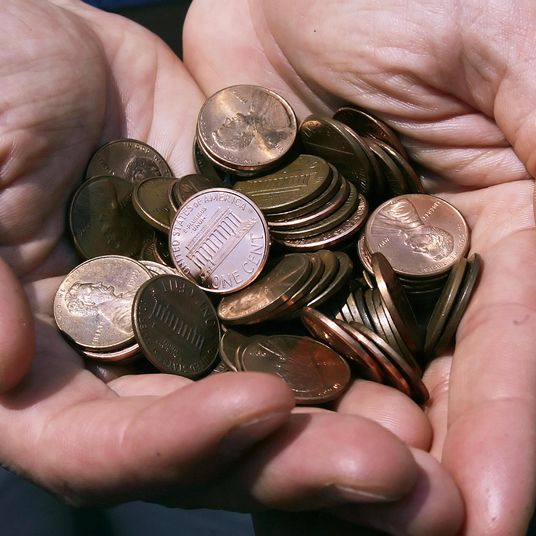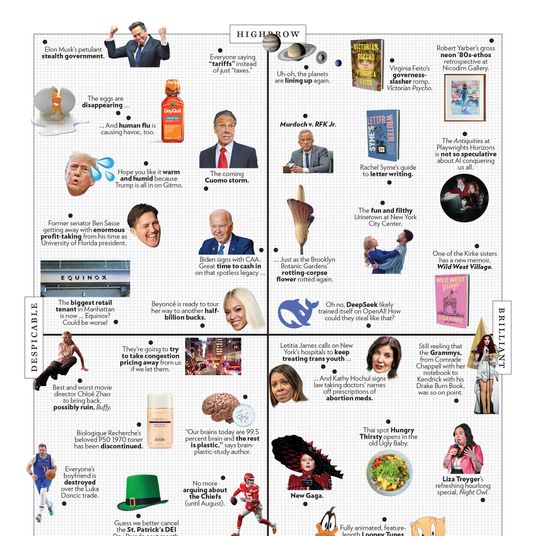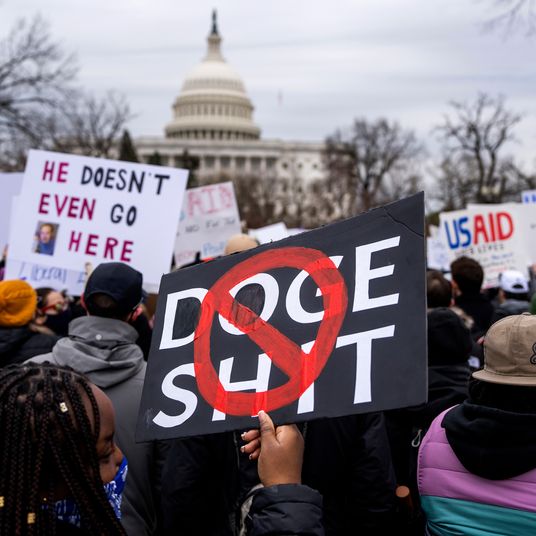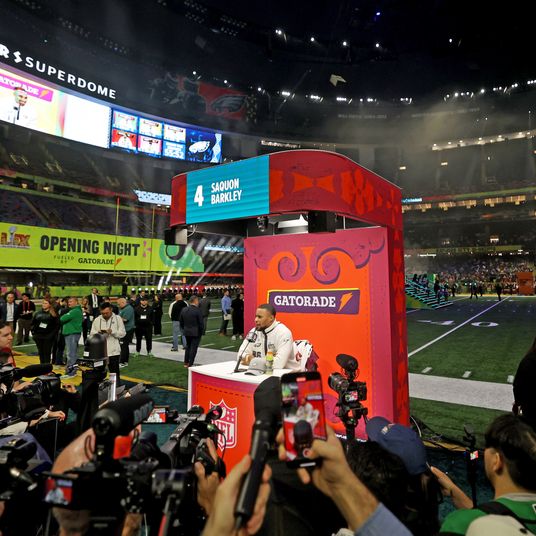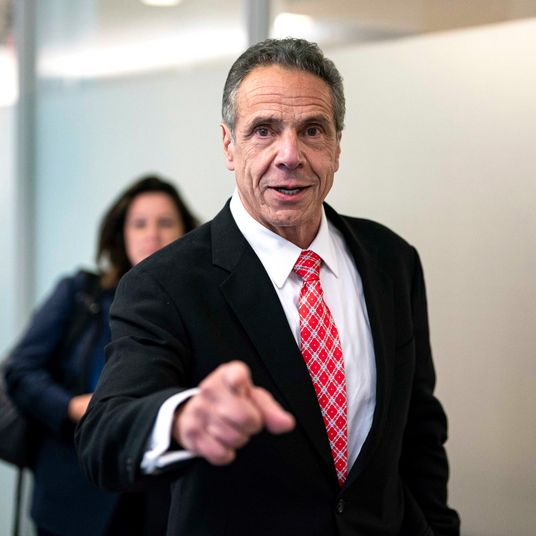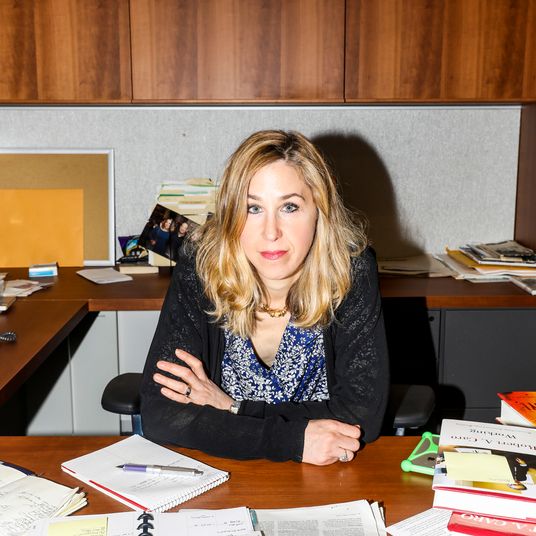
As we mourn the toll of the past year in New York — the people and beloved institutions lost as a result of the pandemic — the city’s near-term future feels up in the air. I spoke with city editor Christopher Bonanos about the similarities and key differences between our current-day calamity and those of the recent past.
Ben: New York has experienced quite a few existential crises in the past few decades: the financial emergency and accompanying urban blight of the 1970s; the crime and drugs that were endemic over the next decade; 9/11. Now it’s on the back foot again, and it’s suffering, at least economically speaking, more than the rest of the country, with an unemployment rate over 13 percent. We’re well past the tiresome “Is New York City dead?” internet debate, but does this feel like a steeper challenge than the city has had to overcome in the last, say, 50 years?
Christopher: Well, let’s take those one at a time, because they’re very different crises. (We could also talk about the Great Depression, but that’s another conversation.) The crisis of the 1970s was a slow-building disaster, and it had multiple causes. We were, until the 1960s, a factory town. That’s what cities were—giant hives of relatively inexpensive labor adjacent to factory districts. In what we now call Soho, all those loft buildings were for making stuff. Cardboard boxes, underwear, machine parts. After the war, that started to change, because the factories had to be bigger and adjacent to highways, where you didn’t have to deal with cramped freight elevators and parking tickets. A lot of business started to move to the South and the West and then eventually overseas. And the job loss, over those ten years, was just staggering. Those were also places with weaker unions and gentler weather, both of which must have seemed nice (to the employers, that is).
It was an existential threat on a very different scale from what we’re seeing now: The thing that a city existed to accomplish was changing, and some of those cities reinvented themselves and got out the other side, and others are still trying. What New York did, in particular, was become more of a knowledge-workers city, especially dependent on financial services. As you know well, that’s where we live now.
As for 9/11, that was (obviously) a single catastrophic event, and — at least as I remember it (and I could be a little off) — what was striking is not the economic crisis, which was real, but the rapidity with which it ended. The real-estate market, for example, froze for a few months, and then it kind of just picked up where it had left off. We were headed into a national downturn before 9/11, and I don’t want to minimize that—there was real job loss, and people were hurting, but the recovery took a year or so, not many years. I’d have to ask an economist whether New York’s economy was hit harder or less hard than the nation’s as a whole.
The one that feels most like this, to me, is the crash of 2008–9, in that it was a loooooong, slow, grinding recovery, one that called for a huge federal bailout that got snarled up in Congress.
Ben: It feels like we had only recently rounded the final corner on that and then …
Christopher: “Aw, man, I just cleaned up!”
What’s different this time, I think, is at the small-business level — retail and similar places, which are in deep trouble. A small store in New York now faces so many headwinds. The affluence of the city makes the rent ridiculous to begin with. Then there’s big-box competition: How do you run a hardware store when there’s Home Depot? Then there’s online shopping, which is obviously a huge threat to your margins. And, on top of all that … suddenly, you can’t let more than four people in at a time, or get your employees to commute without risking their lives. What the hell do you do? A lot of those businesses, even before the pandemic, were already hanging on by their fingernails. And then you have other significant sectors, like midtown lunch restaurants or theater, that are pretty much in the deep freeze for a year.
Ben: That fact seems in tension with one school of thought — maybe a wishful thought — that the city’s hypergentrification will slow as a result of the pandemic, as commercial real estate swoons and rich people decamp for the suburbs.
Christopher: A lot of people are hoping that “somewhere in between” becomes the new norm — that the crisis levels off rising property prices some, enough that non–ridiculously wealthy people can live here with a little more security and ease. But when that security comes with the prospect of getting laid off because the economy’s gone to hell, it’s … not so secure after all. We’re still pretty far out of whack. Realistically, those rich people still hold a lot of the cards. Shocking, I know.
Ben: The federal money you mentioned earlier has not flowed to New York, and it’s unclear when and if it will. Without that, we could see a seriously major deterioration in city services, from the subways to police and pretty much everything else. Couldn’t that set us on a path similar to some of the crises of yore? Even if the city is much richer right now than it was in, say, 1974?
Christopher: It certainly evokes fear of a death spiral: The subways run less often and are less clean, meaning we take them less, meaning there’s less revenue, meaning they get even less usable, meaning people want to depend on them even less, and around and around we go down the drain. One thing that does evoke 1974 is this: City spending has risen quite a lot under de Blasio, much as it did under Lindsay in the late 1960s and early ’70s. That was fine when the money was flowing, and it’s going to be a heavy burden now. The budget in fiscal 2014 was $77 billion, and last year it was $96 billion. That’s a big jump in five years.
Ben: And yet you seem fairly sanguine that the city is on firmer ground than it has been before.
Christopher: I do sense that the number of people who are fleeing, who think the city is at fundamental existential risk, has been wildly overstated. Some kinds of businesses are in crisis, and a lot of people are hurting — badly — but regarding New York holistically, I can’t believe that this is anything like the fiscal crisis of 1975. Are the banks going to leave Wall Street? Are the marketing and advertising firms going to quit midtown? Probably not, at least not en masse. And you also have to believe that if there is a larger crunch, there will be adjustments: Landlords, for example, might actually consider charging less instead of leaving storefronts empty for years, which would be a game-changer. I for one would welcome a good-corner-store renaissance.





